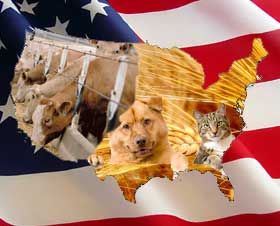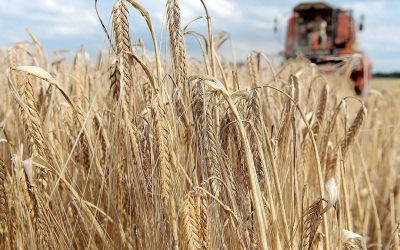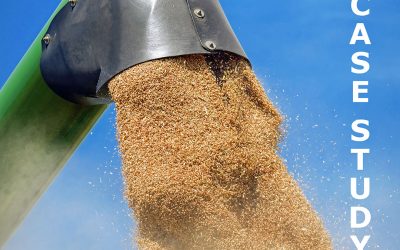Market research: Animal food production in the US

Industry research firm IBISWorld has added a report on the Animal Food Production industry to its industry report collection. The report has a major focus on pet food.
From cattle to cats, the Animal Food Production industry provides sustenance for livestock and pets in the United States and around the world.
“Given the grain-based nature of most types of feed, movements in agricultural inputs like corn, soybeans and wheat heavily influence profit for animal food producers,” says IBISWorld industry analyst Josh McBee.
“Likewise, feed demand stems from the agricultural viability of livestock commodities like beef, pork and poultry.”
Key drivers
Feed prices, downstream demand for animal products and commodity movements are the key drivers of the Animal Food Production industry.
Demand for pet foods augments total sales. “With regard to commodities, corn’s relationship to oil has been increasing feed prices,” adds McBee, “but recent spikes in the crop’s value have been to the detriment of feed producers.”
Meanwhile, growth in global meat consumption and, consequently, herd stocks has sustained modest revenue gains as meat producers demand more livestock feed.
Also, Americans have stood by their pets during the Great Recession, with canine and feline ownership growing even as personal disposable incomes have fallen.
Given these conditions, IBISWorld expects industry revenue to grow at an average rate of 3.8% per year during the five years to 2012.
Positive demand conditions from all downstream markets (farm supplies wholesalers, animal producers and pet stores) will help revenue gain 1.9% to total $50.4 billion in 2012.
Forecast
The industry’s future prospects are modest, with slow but sustained growth anticipated through the next five years.
Advancements in crop technology and alternative energy sources combined with product innovation are projected to alleviate some of the inherent risks associated with commodity-based goods.
Also, a forecast increase in disposable incomes and, subsequently, pet ownership will likely drive demand for pet food, a segment typified by high profit margins and brand-loyal consumers.
Export growth is also anticipated during the next five years, as the economic rise of countries in the Asian Pacific and Latin America drive demand for meat and animal feed.
To this end, industry revenue is forecast to grow through 2017. Consolidation is expected to continue in the future through sustained merger and acquisition activity, primarily driven by major players such as Cargill, ADM and Mars.
Given that economies of scale are imperative to maintaining industry profitability, it is very likely there will be fewer animal food manufacturers servicing wider geographic markets through the next five years.











